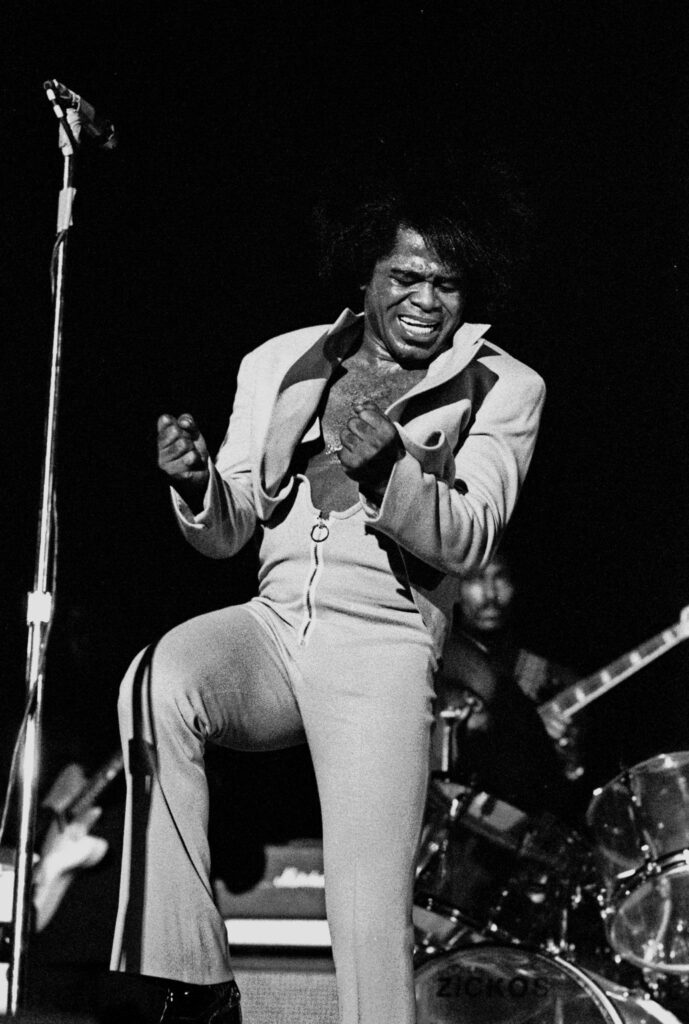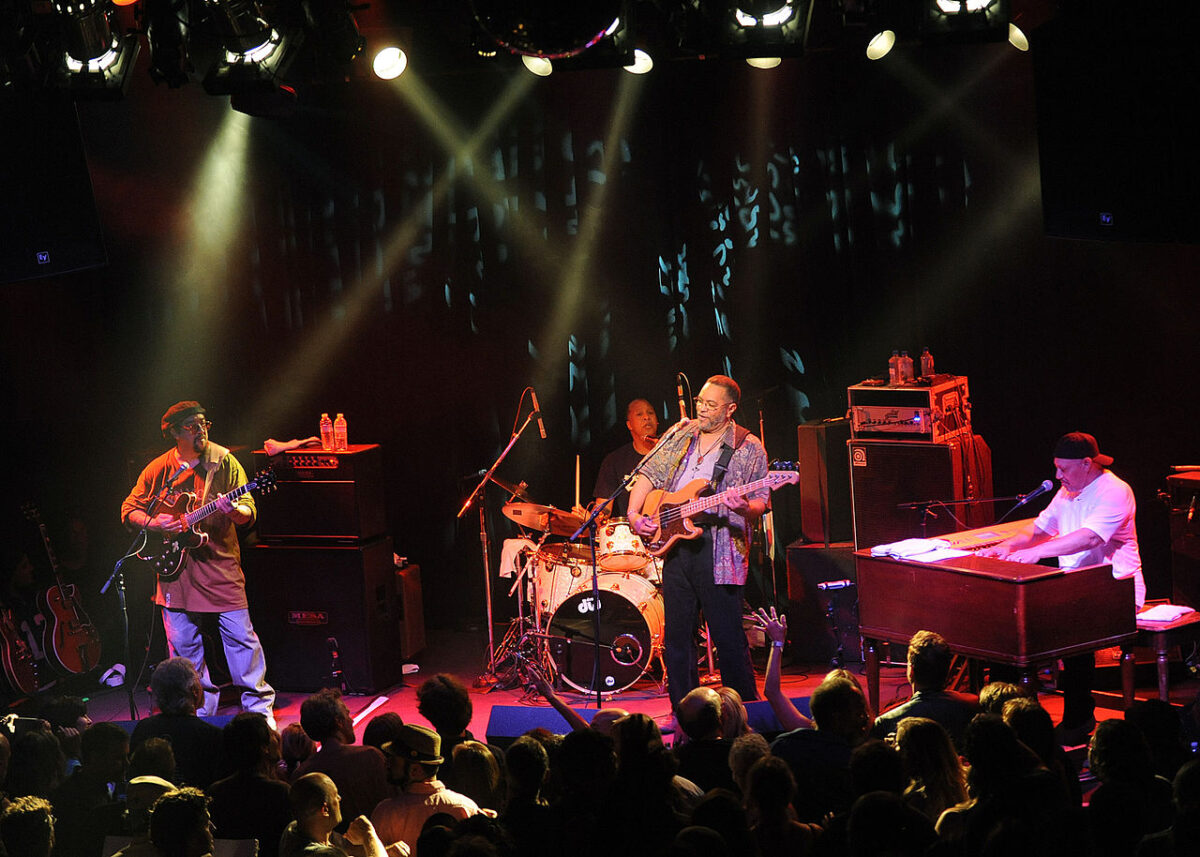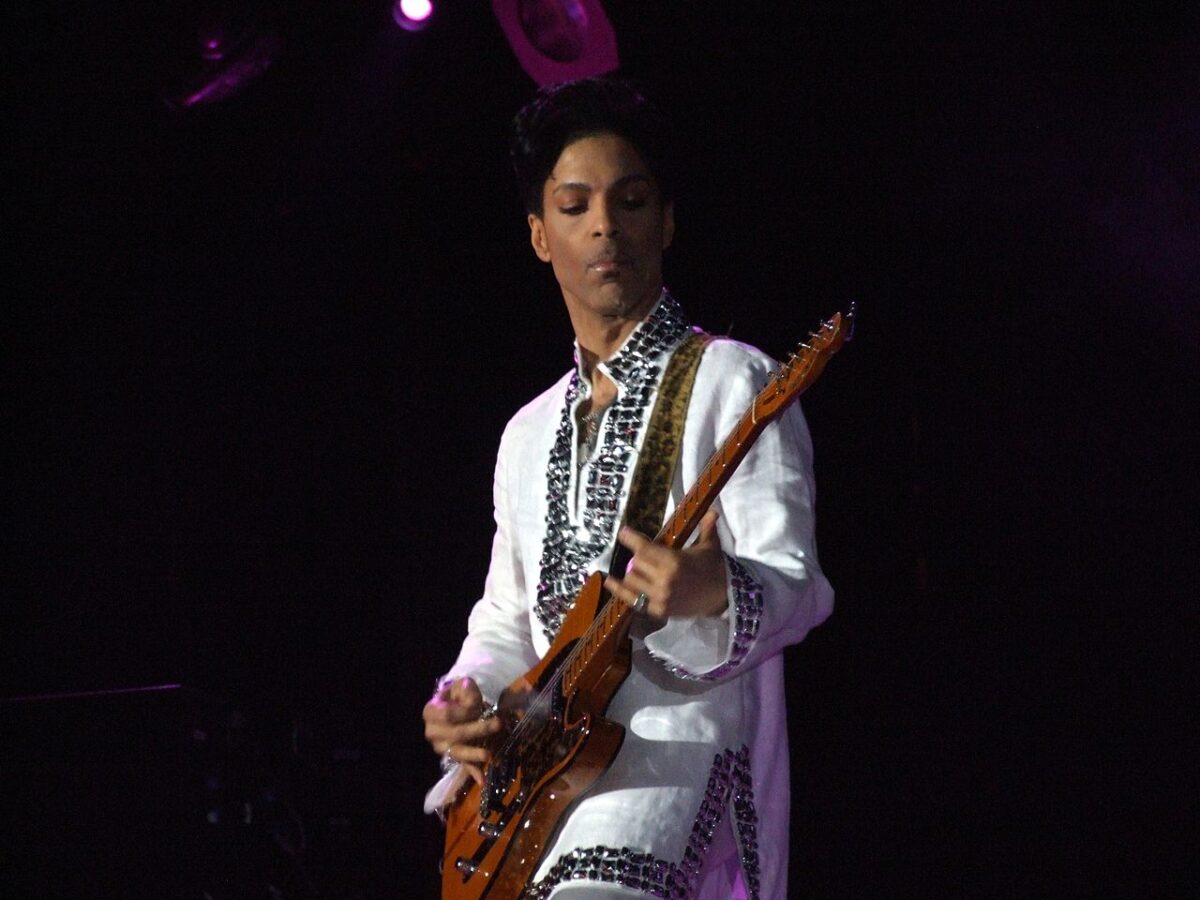Harlem Late Night jazz Presents:
Funk: 1970
HARLEM LATE NIGHT JAZZ Presents:
Funk: 1970
The Jazz History Tree
Funk is a music genre that originated in African American communities in the mid-1960s when African American musicians created a rhythmic, danceable new form of music through a mixture of soul, bebop/hard bop, and R & B. Funk de-emphasizes melody and chord progressions and focuses on the strong rhythmic groove of a bass line played by an electric bassist and a drum part played by a drummer. The distinctive characteristics of \ funk are rooted in African music traditions of ring shout and call and response and find their earliest African American expression in Negro spirituals, work songs, blues, praise shouts, gospel, and body rhythms (hambone, patting juba, and ring shout clapping and stomping patterns). Funk music can be thought of as a “funky mix” of soul music, bebop, hard bop, blues, R & B, and Afro- Cuban rhythms absorbed and reconstituted in New Orleans. Named after a slang word for “stink,” funk was indeed the rawest, most hardcore, most “black” form of R & B, surpassing even Southern R & B in terms of earthiness.
James Brown’s band established the “funk beat” and modern street funk in the late 1960s. The funk beat was a heavily syncopated, aggressive rhythm that put a strong pulse on the first note of the musical measure (“on the one”), whereas traditional rhythm and blues emphasized the backbeat—the second and fourth beats of the measure. Brown and others, such as Sly and the Family Stone, began to use funk rhythms as their musical foundation, while their lyrics took on themes of urgent social commentary. In the early 1970s, funk became the musical standard for bands such as the Ohio Players and Kool and the Gang. Parliament Funkadelic and other bands sang the praises of funk as a means of self-development and personal liberation, while established jazz artists such as Miles Davis and Herbie Hancock adapted and explored the funk groove. The disco music of the late 1970s evolved from the rhythmic and social foundation of funk.
In the 1980s, the sexually-expressive aspects of funk were popularized through the works of Rick James and Prince, while the funk beat became the primary rhythm in black popular music. The influence of funk spread to other styles in the 1980s—mixing with the gritty realism of hard rock and punk and the experimentation of much of the electronic music of the time. With the rise of rap music in the 1980s and its “sampling” of 1970s funk songs, funk grew in stature and significance in hip-hop culture. It became associated with ancient mysteries in the black tradition, providing hip-hop with a historical link to artists and cultural movements of the past. As part of hip-hop’s influence on popular culture, funk provided the rhythmic basis for most American dance music of the 1990s.2 As with other jazz genres, a myriad of dances were again an important part of funk music’s international appeal.
Funk musical groups include Sly and the Family Stone, the Meters, Kool and the Gang, Prince, Rick James, George Clinton/Parliament- Funkadelic, Charles Wright & the Watts 103rd Street Rhythm Band, Earth Wind and Fire, Curtis Mayfield, and the Brothers Johnson. Notable funk women greats include Chaka Khan, Patti Labelle, Lyn Collins, Brides of Funkenstein, Klymaxx, Mother’s Finest, and Betty Davis.



Footnotes:
1. 1 Rickey Vincent, “Funk Music,” Encyclopedia Britannica, 2014, https://www.britannica.com/art/funk\